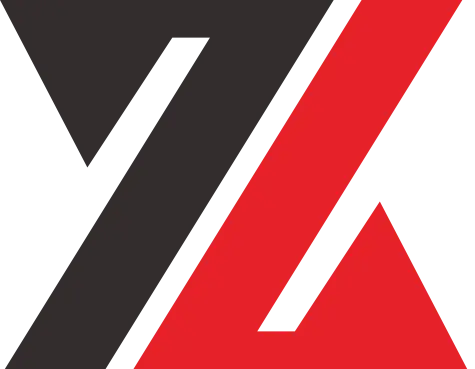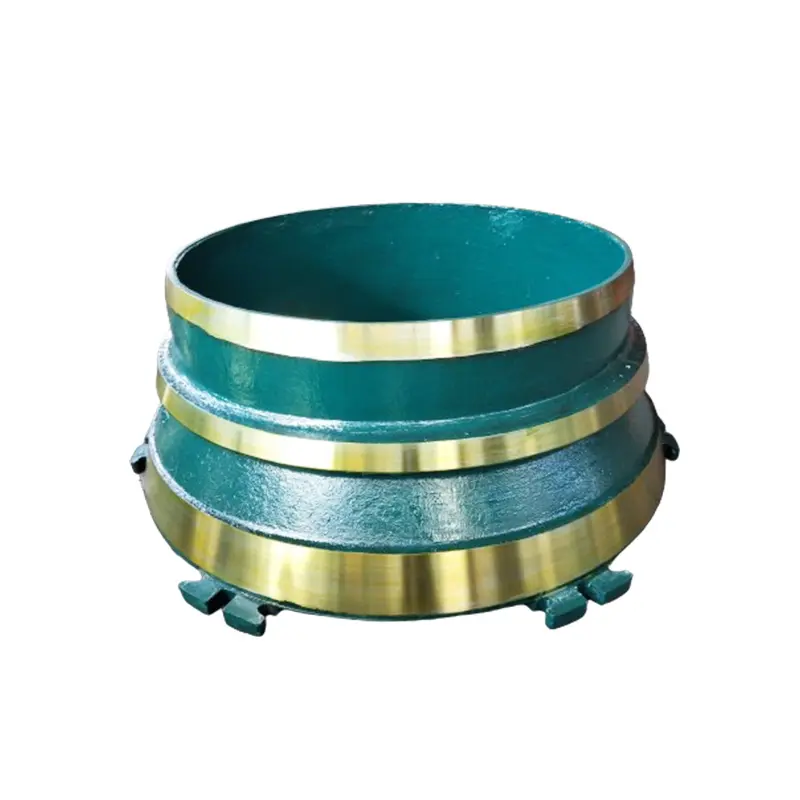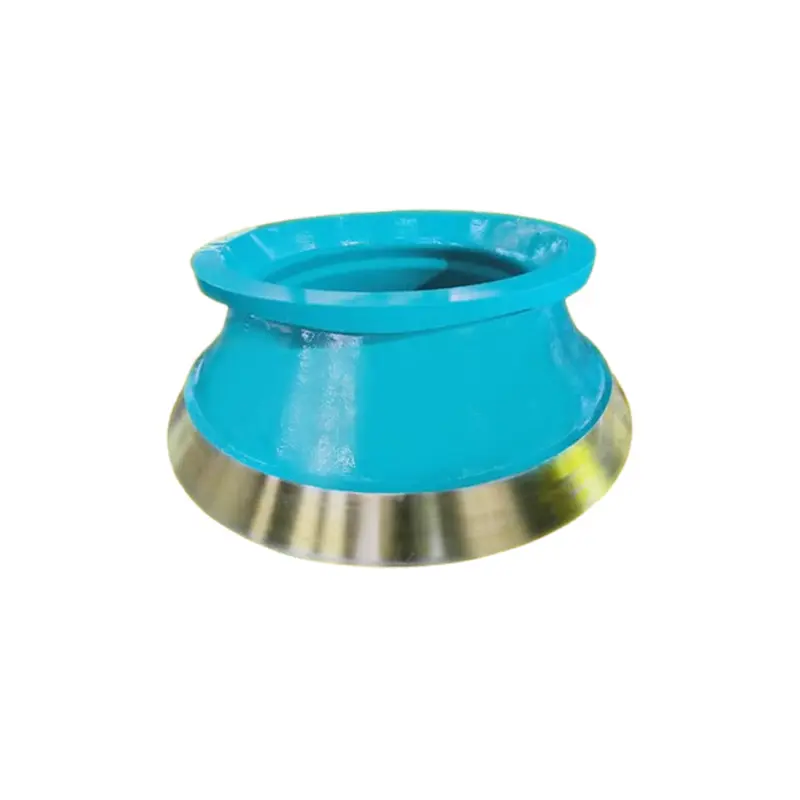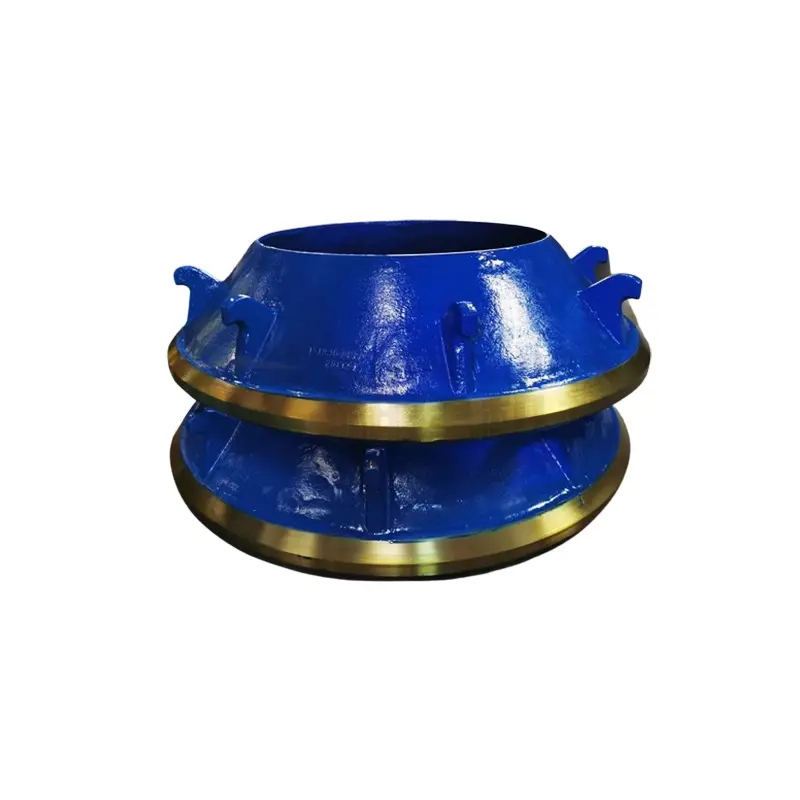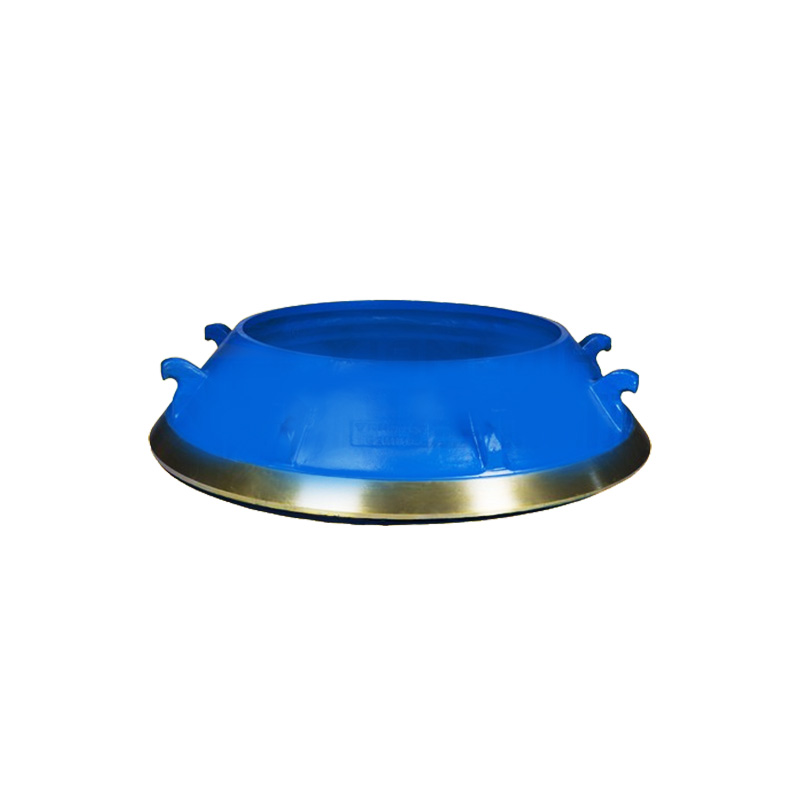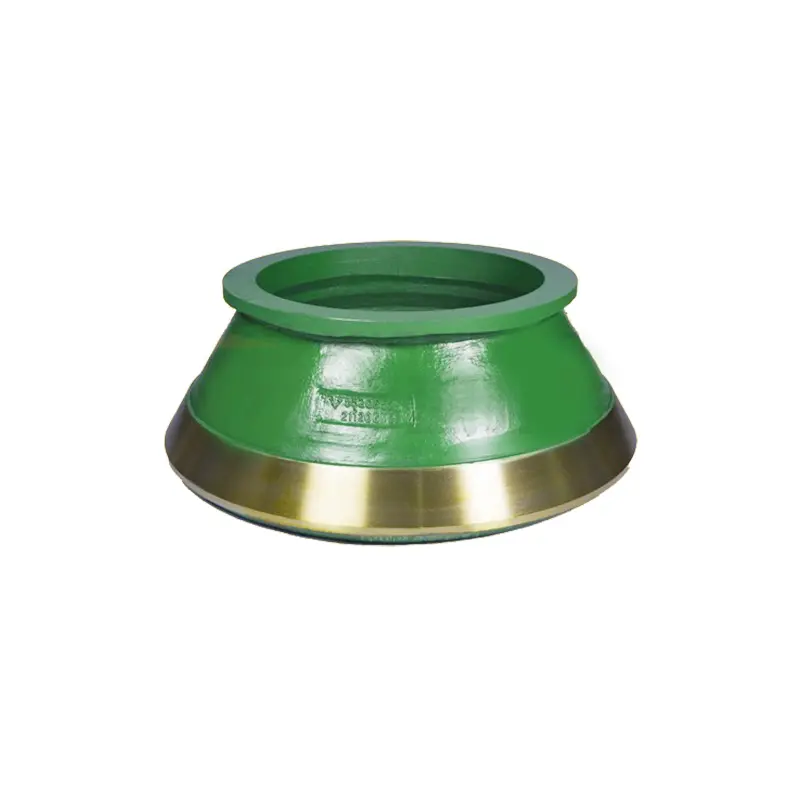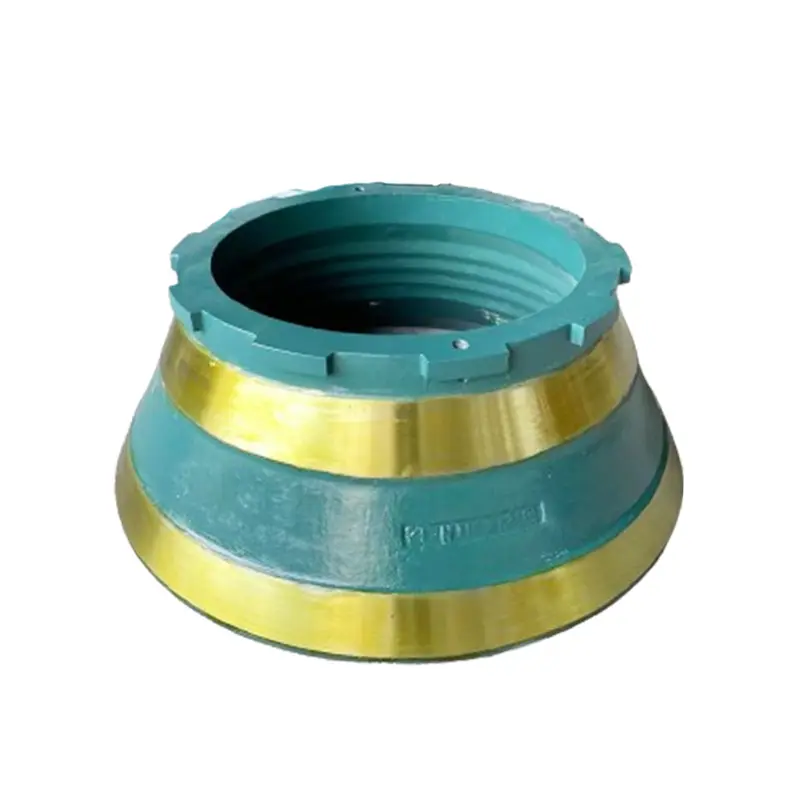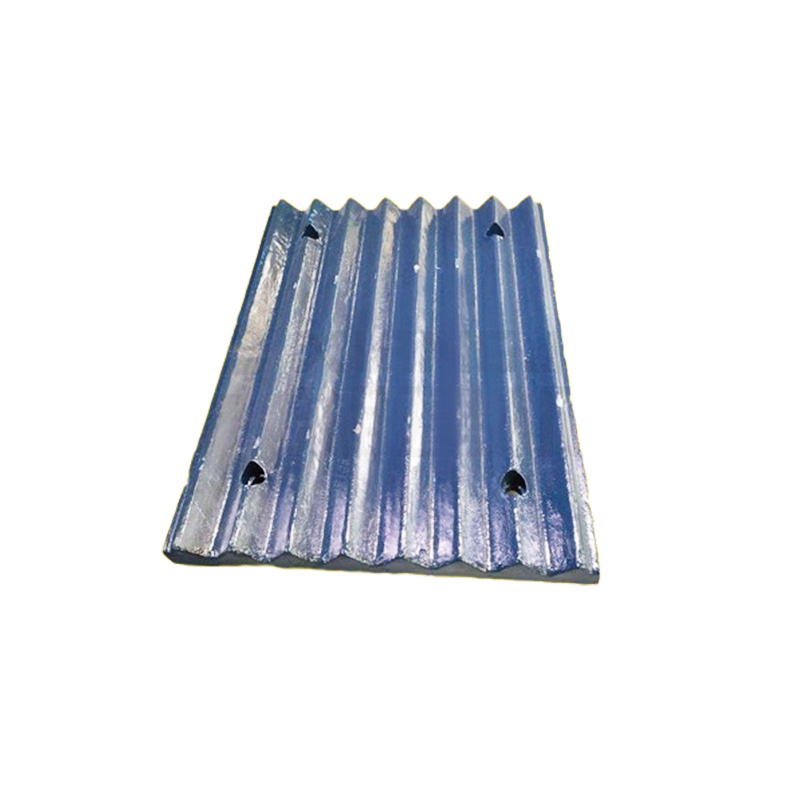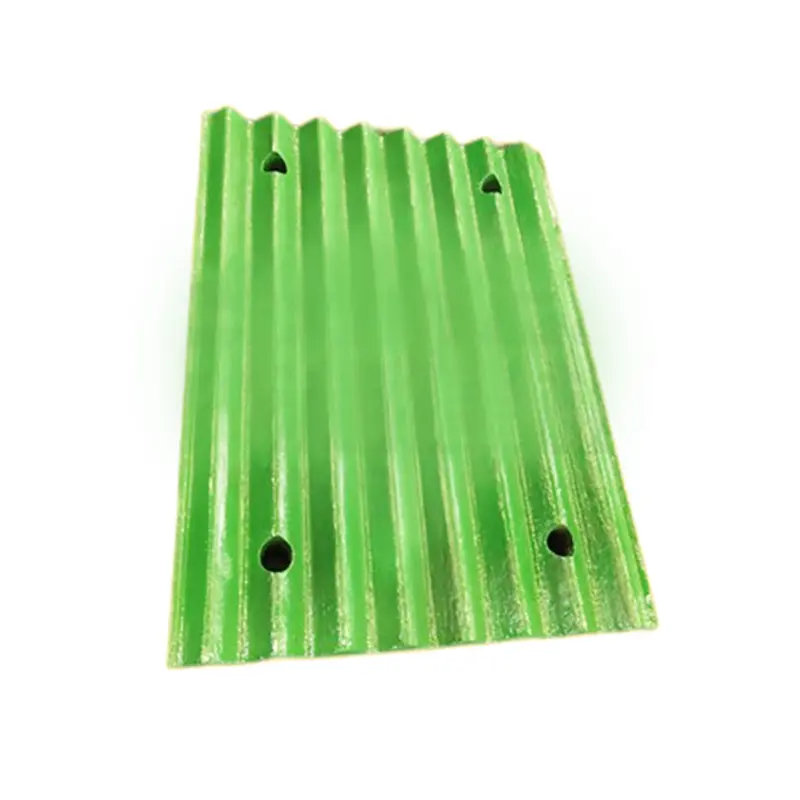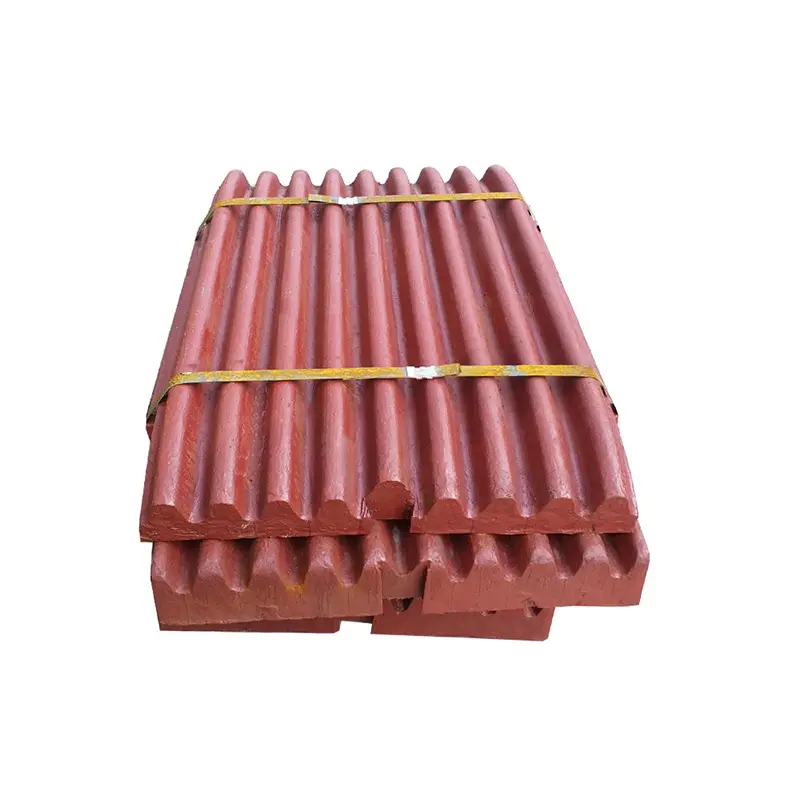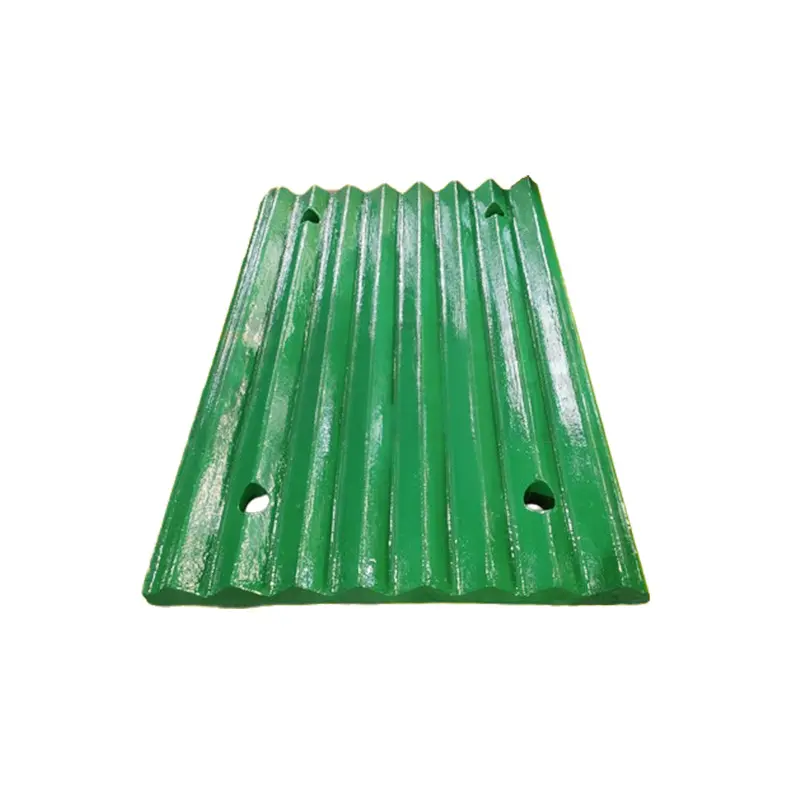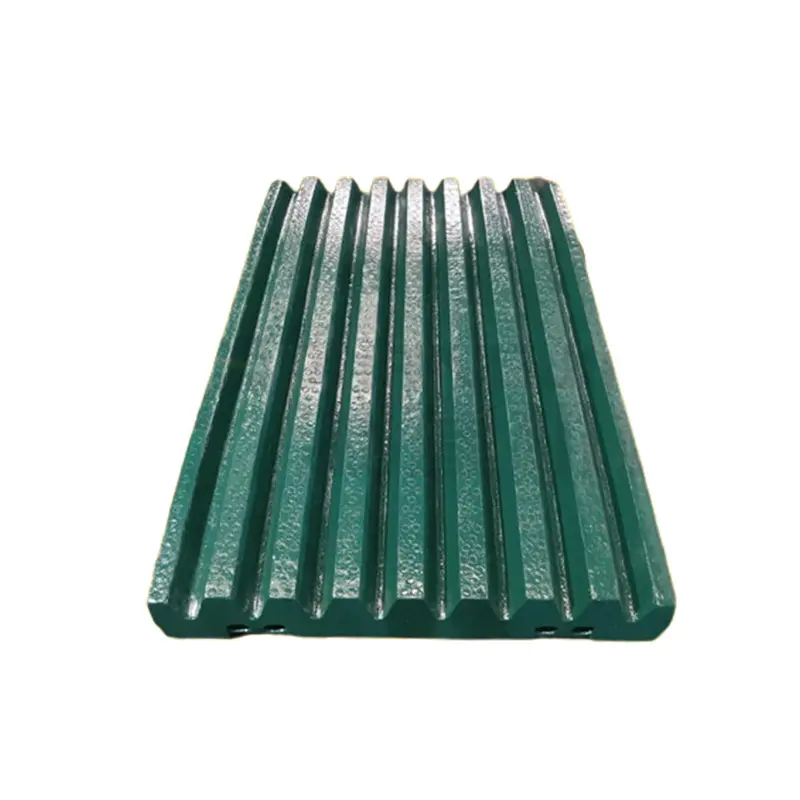Factory Direct Sale New Mining Machinery Crusher Jaw Plate
Product introduction
The wearing parts of jaw crusher include movable jaw plate, fixed jaw plate, side guard plate, toggle plate, bearing, spring pull rod and spring components.
Fixed and movable jaw plate: The jaw plate is the main working part of the jaw crusher and bears huge impact loads. During the crushing process, the edge of the fixed and movable jaw plate will be severely worn, and the wear is mostly concentrated in the middle and lower parts. This is due to the repeated impact and friction of the material during the crushing process. The shape of the fixed and movable jaw plate is designed to be symmetrical up and down, so when one end of the fixed and movable jaw plate is worn, it can be turned around and used. In order to extend its service life, the fixed and movable jaw plates are generally made of materials with good hardness and wear resistance such as high manganese steel, such as ZGMn13 material. The replacement cycle of the fixed and movable jaw plates is generally from several months to about half a year, depending on factors such as the use conditions, stone hardness and equipment load.
Side guards; The side guards are located on the left and right inner sides of the jaw crusher frame to protect the body of the jaw crusher. Under the impact of materials, the side guards will wear. When the wear of the side guards reaches a certain extent, new side guards need to be replaced. The replacement cycle of the side guards is generally longer, usually about half a year, depending on the use conditions and the working intensity of the crusher.
Product display
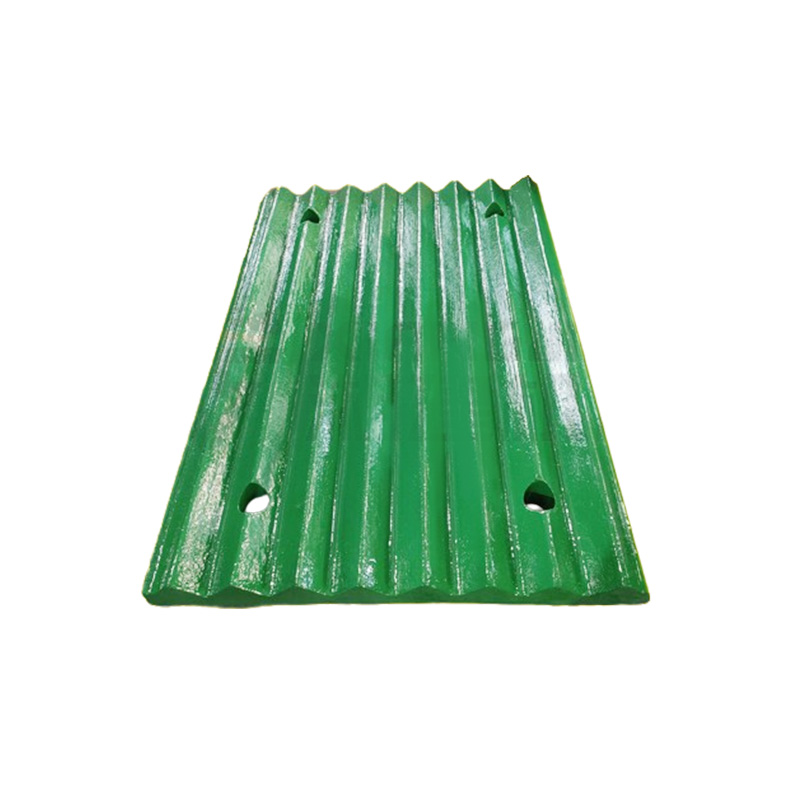
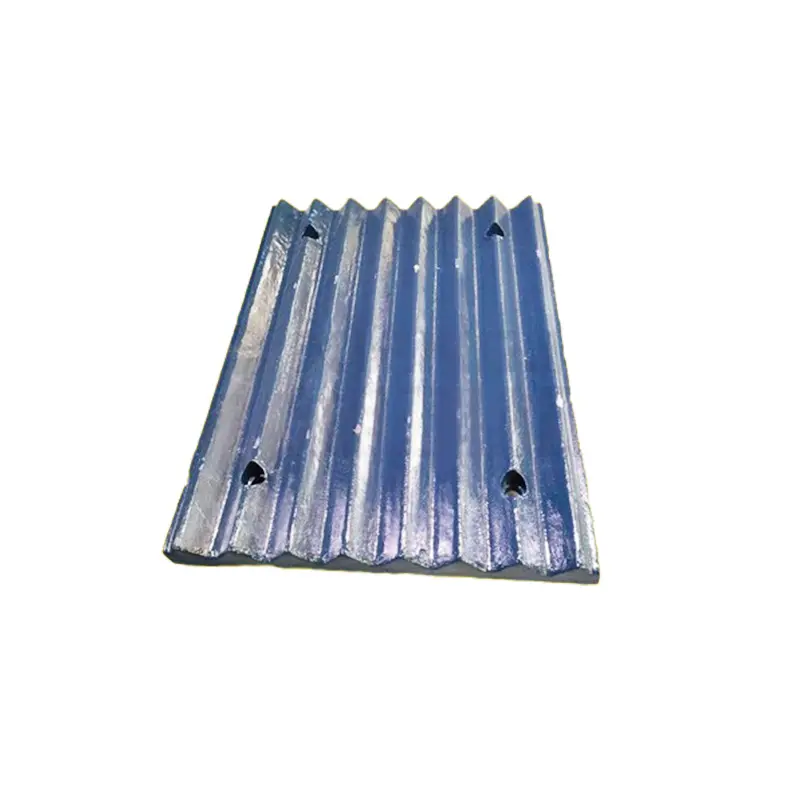
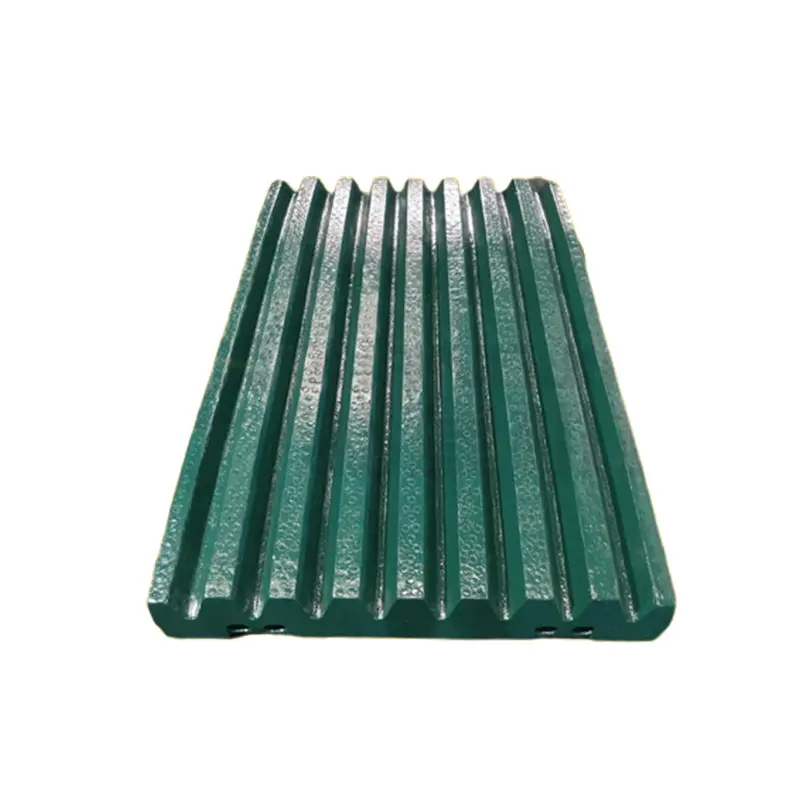
Our services
Toggle plate: The toggle plate is an important component connecting the movable and fixed jaw plates, and it is also a safety part of the crusher. When the crusher falls into materials that cannot be crushed and the machine exceeds the normal load, the toggle plate will break immediately and the crusher will stop working, thereby avoiding damage to the entire machine. The toggle plate needs to be checked and replaced regularly, and its replacement cycle is usually about half a year. The toggle plate and toggle plate pad adopt sliding contact mode, and there is little friction under normal use. Usually, a layer of grease can be applied on the contact surface.
Spring tie rod and spring parts: As an important part of the jaw crusher, the spring tie rod mainly connects the adjustment seat and the rear support plate. At the same time, it can also adjust the size of the discharge port and maintain the stability of the jaw plate. The spring parts and spring tie rods are matched. The main function is to fix the toggle plate to prevent the toggle plate from falling off, and absorb and buffer the vibration and impact during the crushing process. It has a good buffering and vibration reduction effect, which can effectively reduce the impact damage to the machine during the crushing process. In actual operation, if the spring tie rod and spring parts are found to be damaged or failed, they need to be replaced in time to ensure the normal operation of the equipment. The replacement cycle of spring tie rods and spring parts is generally about half a year. The specific replacement cycle depends on factors such as use conditions, work intensity and maintenance.
Bearings: The jaw crusher bearings use 4 sets of spherical roller bearings, which have good load-bearing and automatic self-aligning performance. The bearings of the jaw crusher mainly bear the radial load when the equipment is working. Under long-term high-load operation, the bearings will wear out and need to be regularly inspected and replaced, such as replacing the turned eccentric shaft and jaw spindle, casting the babbitt alloy on the upper part of the connecting rod head, and replacing or repairing the worn parts. In order to increase the service life of the bearing, bearing materials with higher durability and load-bearing capacity can be used. The replacement cycle of the bearing is generally more than one year, depending on the quality of the bearing, the conditions of use and the maintenance.



